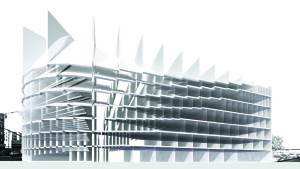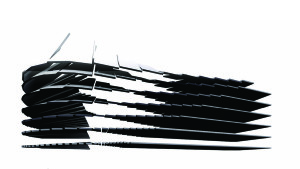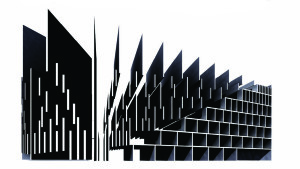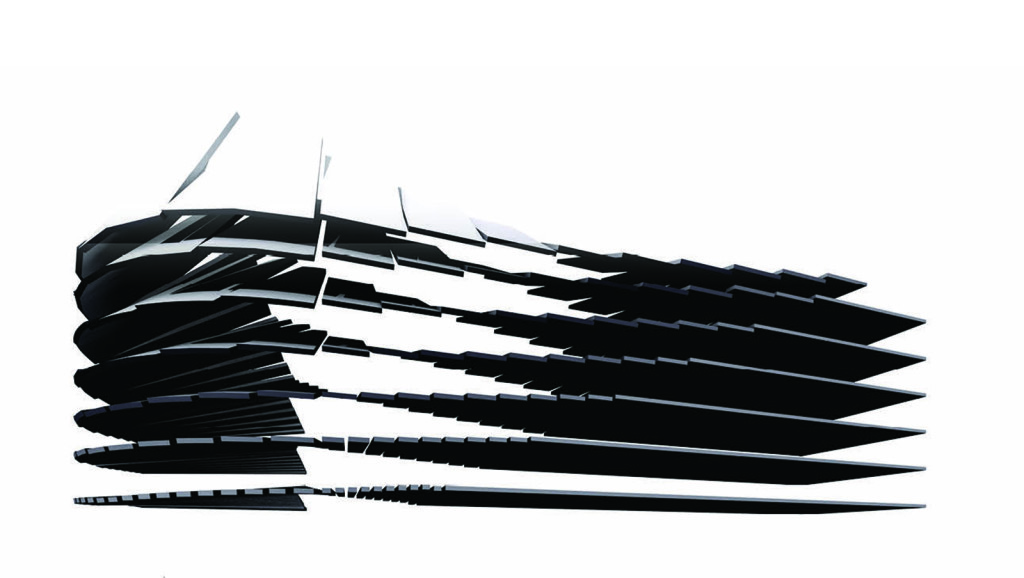Encounters between police and civilians are inflected by the spaces in which they occur. The complex coding of space around armed and unarmed bodies creates a securocratic dimensional calculus demanding further investigation.
When responding to armed suspects, law enforcement officers are trained to assess the time they have to react with lethal force. Historically, they have maintained a 21-foot buffer between themselves and a potential attacker. The time it would take an average, armed assailant to cross a 21-foot space – it is thought – is sufficient to allow an average officer to acknowledge the attack, draw their service weapon, and immobilize the assailant with lethal force.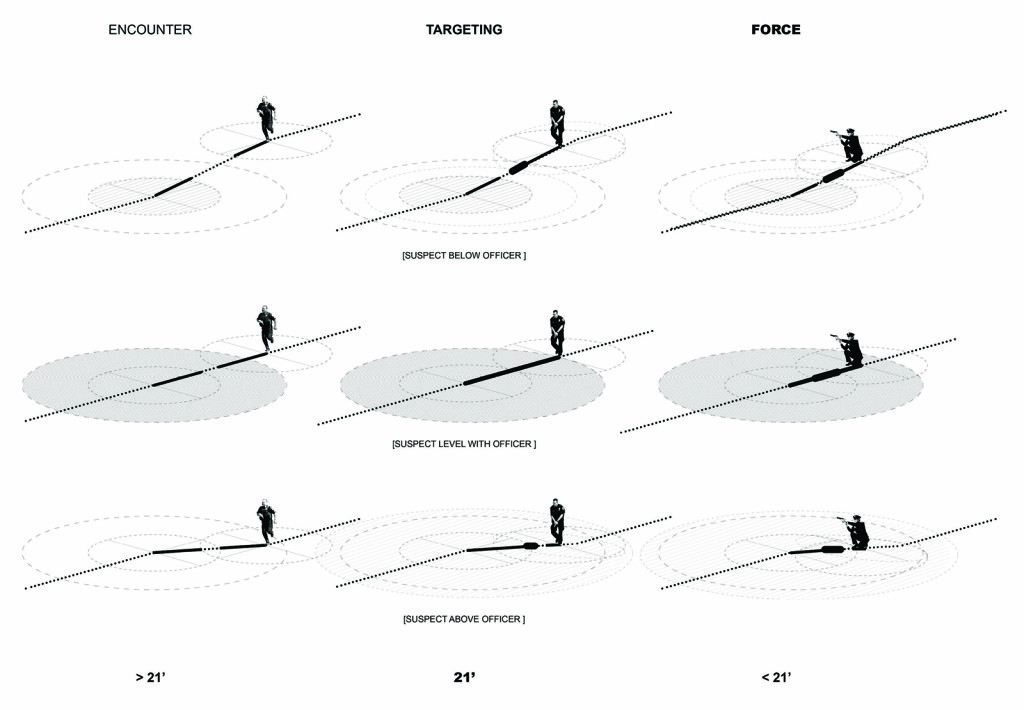
Several factors affect each unique scenario – including the slope of the 21-foot space – the fitness of officer and assailant, the traction of the surface, and environmental conditions like rain and daylight – all offer certain advantages and disadvantages, compressing and extending the 21-foot ‘safe zone’.
The ’21-foot rule’ is now outdated, though for many active duty officers it provides a basis for action. Within these ever-shifting twenty-one foot boundaries, officer safety is inherently threatened, and lethal force justified.
Civic representatives around the US are calling for new models of training. With a renewed focus on de-escalation, they advocate new tactics to extend the space of encounter, and increase the likelihood of non-lethal resolution.
TWENTY-ONE FEET proposes a spatial training matrix to interrogate de-escalation tactics and discourse. The site, currently slated for construction as a bunker-like police precinct serves as our testing ground for new morphometric standards of police/civilian encounters. A 21-foot structural grid expands and contracts to provide for encounters both comfortable and claustrophobic. Floors tip from flat, even ground to extreme inclines. By shifting the space of encounter we offer space to reimagine the distance between life and death.

TWENTY-ONE FEET exhibited at Storefront for Art and Architecture from Sep 27 – Oct 22, 2016 as part of the Work in Progress Exhibition. Projects on view imagine new futures for sites currently under development within the five boroughs of New York City.

